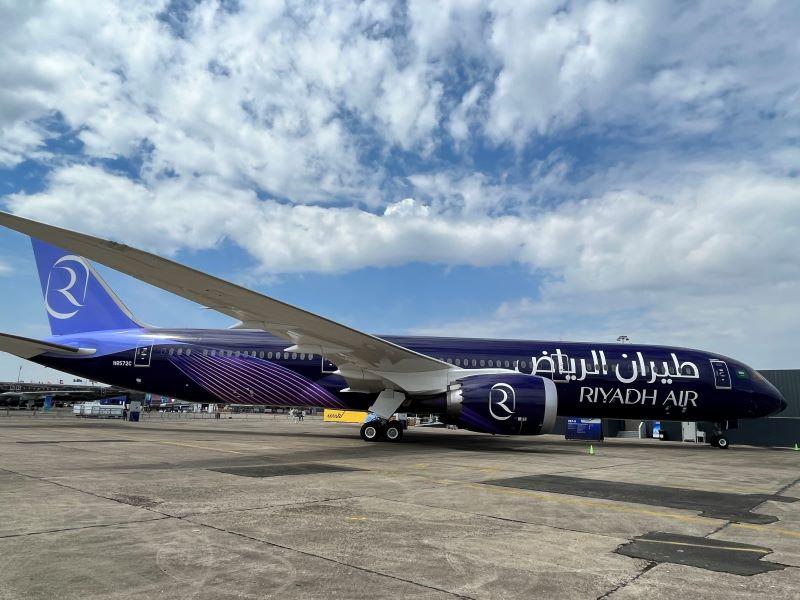Daily Memo: Saudi Arabia’s Vision For 2030—Reason To Worry Or Opportunity For All?

Credit: Alan Dron
When it comes to pure aviation matters in the Middle East, there is nothing more exciting than discussing the future role of Saudi Arabia in the market. After all, the government has allocated $30 billion in funds to developing airports, airlines, and their surrounding infrastructure. The Vision...
Subscription Required
Daily Memo: Saudi Arabia’s Vision For 2030—Reason To Worry Or Opportunity For All? is published in Aviation Daily, an Aviation Week Intelligence Network (AWIN) Market Briefing and is included with your AWIN membership.
Already a member of AWIN or subscribe to Aviation Daily through your company? Login with your existing email and password
Not a member? Learn how to access the market intelligence and data you need to stay abreast of what's happening in the air transport community.
